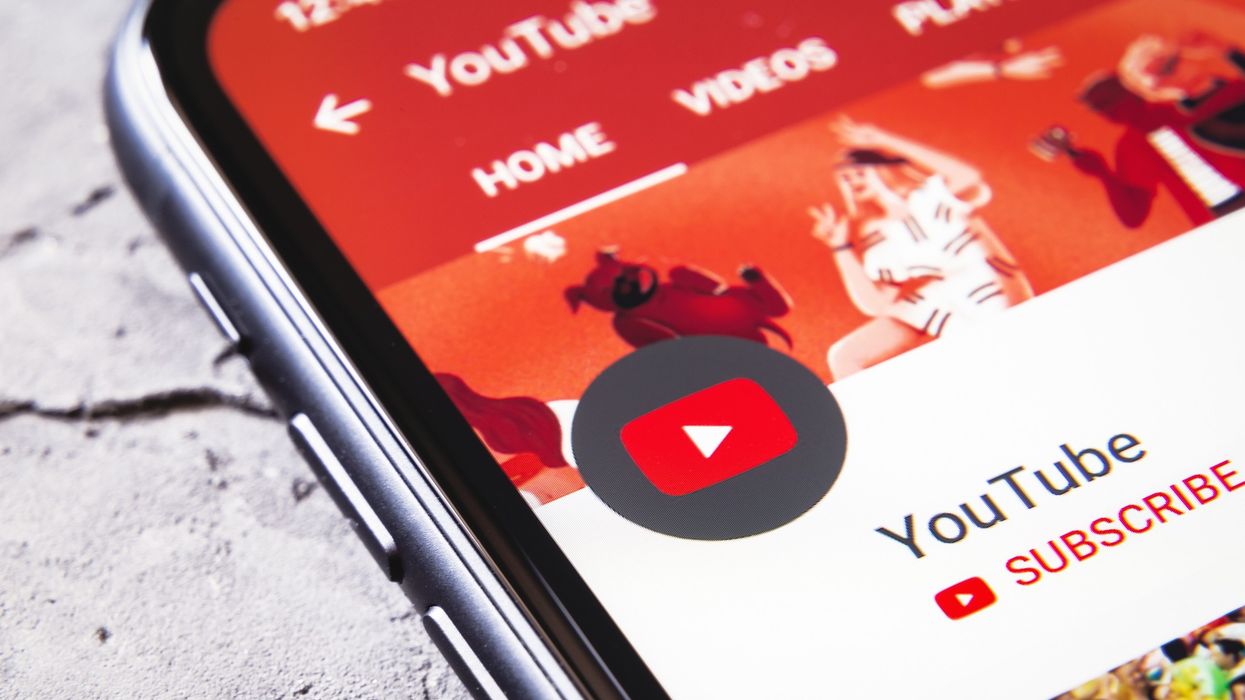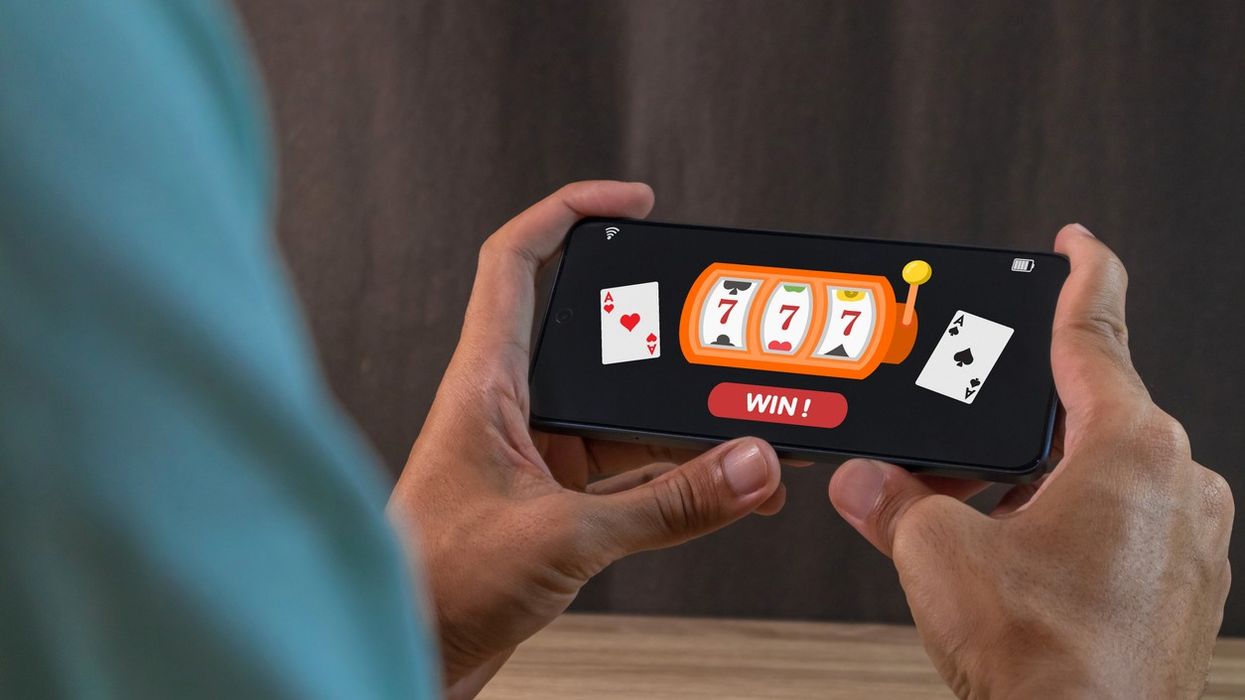Highlights:
- YouTube is retiring its Trending page and Trending Now list
- New charts will highlight popular content by category, such as music and podcasts
- Move reflects shift in how users discover trending videos
- Changes will roll out in the coming weeks
YouTube phases out general Trending tab in favour of tailored charts
YouTube has announced it is removing its Trending page and Trending Now list, replacing them with category-specific charts designed to better reflect how users engage with content in 2025.
Instead of a single list showcasing popular videos across the entire platform, YouTube will now feature trending content by section, including Trending Music Videos, Top Podcast Shows, and Movie Trailers, with more categories planned in future updates.
The company says this change aligns with how people now discover content. When the Trending page was introduced in 2015, viral videos were more universal, and a single list could capture what viewers were watching and sharing. Today, however, there are smaller, diverse trends across communities like gaming, beauty, and K-pop, which are not always reflected in a general list.
Personalised discovery takes centre stage
YouTube notes that most users now find popular content through personalised recommendations, including the home page, search results, comments, and suggested videos. Consequently, visits to the Trending tab have significantly declined over the past five years.
To support creators, YouTube will continue offering discovery tools such as the Inspiration Tab in YouTube Studio, which suggests video ideas based on emerging trends. Other features, like Hype, are also being tested to allow viewers to show support for new content.
YouTube also plans to promote up-and-coming creators through its official YouTube channel and social media platforms. The updated system will begin rolling out in the coming weeks.













